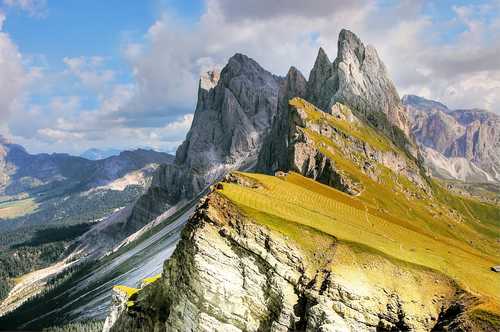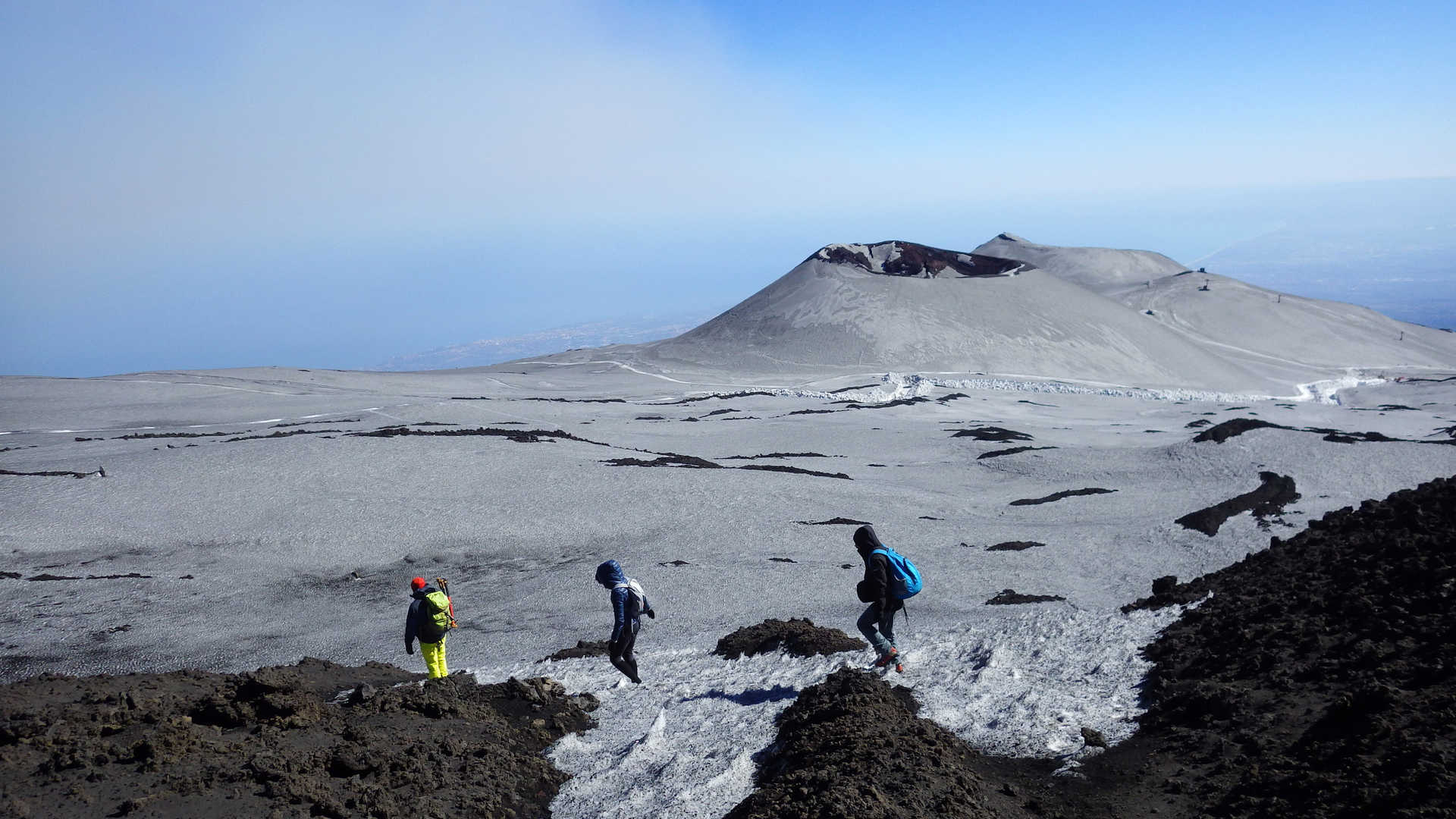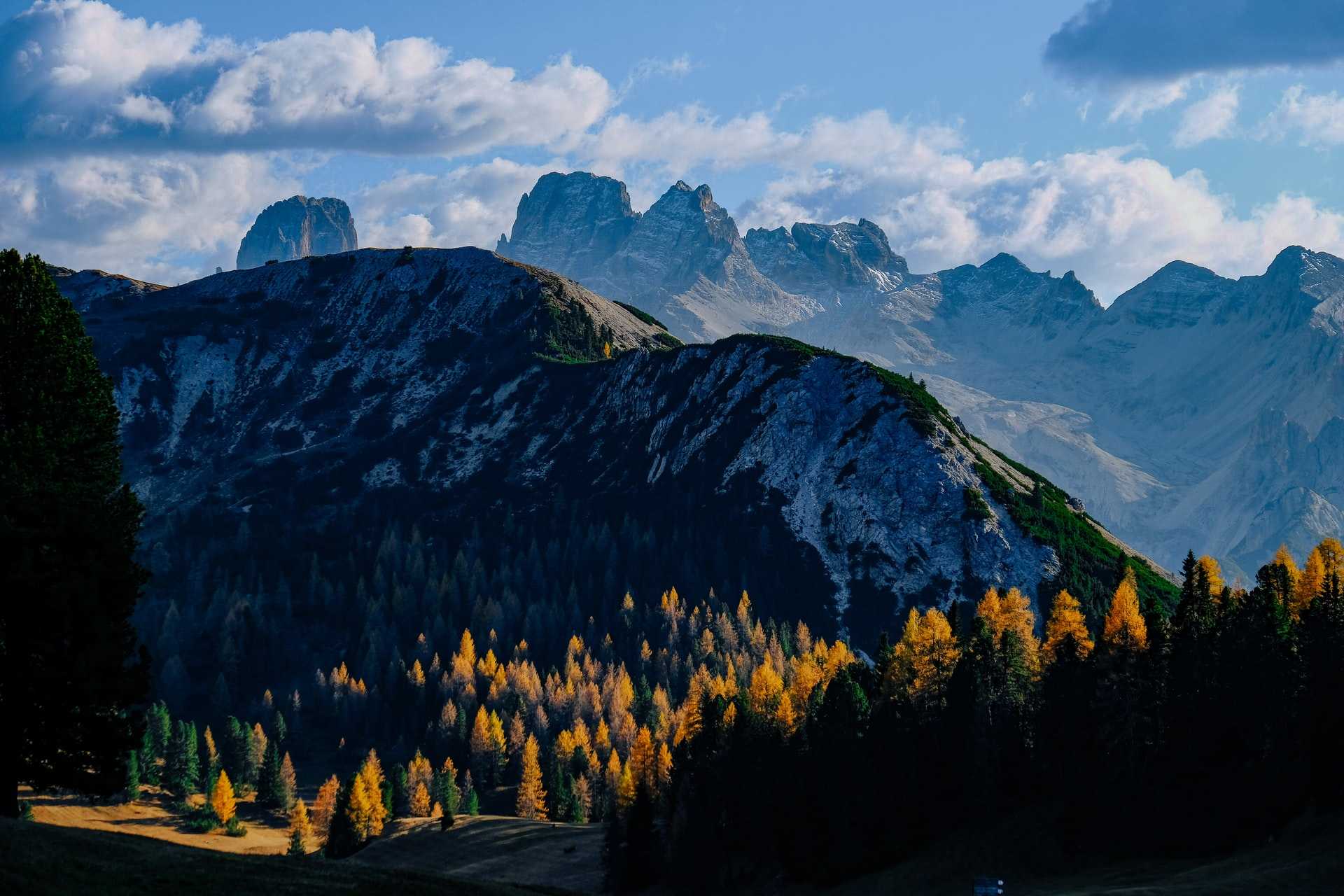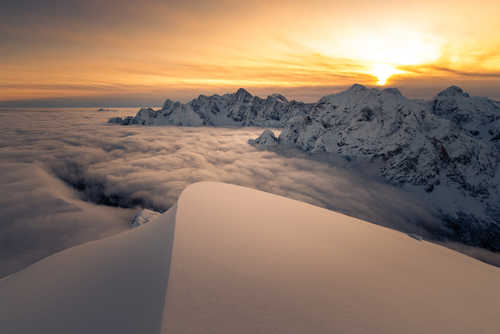
Geography of the Dolomites
The landscape of this UNESCO World Heritage site supports an
incredibly diverse range of flora and fauna. Endemic plant species include Campanula morettiana, Saxifraga Facchinii
and Primula tyrolensis. The extremely rare orchid know as Nigritella
buschmanniae can also be found here. Wildlife includes roe deer, golden eagles, chamois and even brown bears.
What makes the scenery of the Dolomites so unique and
compelling is the contrast between the gently undulating lines of the valleys
and the sudden vertical rise of the vast limestone spires. The shear rock walls
appear to change colour over the course of the day as the rock reacts to the
changing light in a natural phenomena know as Enrosadira.












